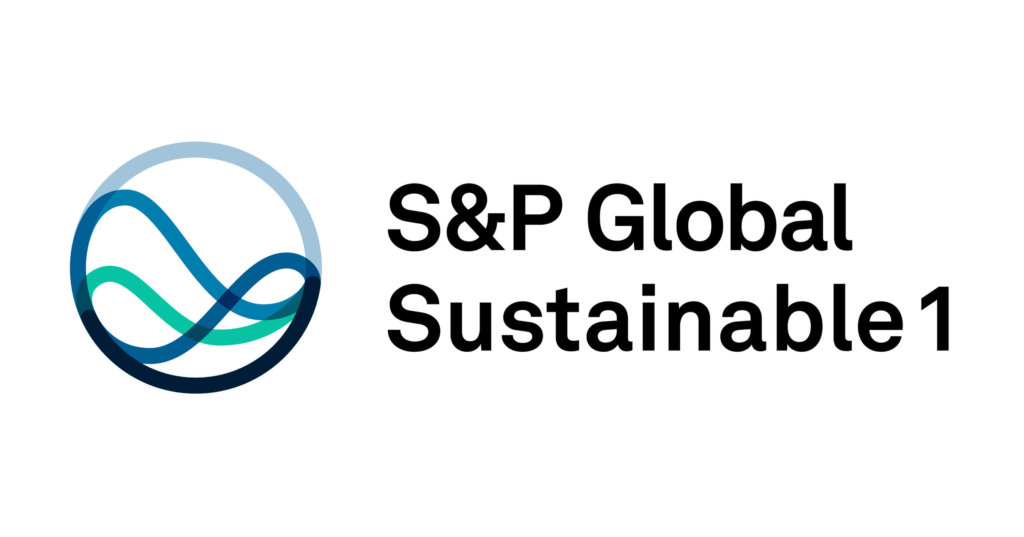Sustainable1, the ESG and sustainability-focused business of S&P Global, has announced the introduction of a new dataset called Nature & Biodiversity Risk. This dataset enables companies and investors to evaluate, manage, and address risks and impacts related to nature and biodiversity.
The launch of this dataset aligns with the growing attention on nature and biodiversity risk by businesses and financial institutions worldwide. It also corresponds with global initiatives aimed at tackling nature-related challenges. In December 2022, governments globally adopted the Kunming-Montreal Global Biodiversity Framework at the COP15 UN Biodiversity Conference. This framework established goals to halt biodiversity loss, safeguard natural ecosystems, and increase financing for biodiversity-related initiatives.
Companies are facing mounting pressure to evaluate and disclose nature and biodiversity-related issues. New reporting systems are emerging, such as the Taskforce on Nature-related Financial Disclosures (TNFD), which is currently being developed. In December, the International Sustainability Standards Board (ISSB) of the IFRS Foundation announced plans to incorporate requirements for companies to provide transparency regarding impacts and risks related to natural ecosystems into its Climate-related Disclosure Standard, with a specific focus on the work of the TNFD.
The Nature & Biodiversity Risk dataset applies the Nature Risk Profile methodology, which was jointly launched by S&P Global Sustainable1 and the UN Environment Programme (UNEP) in January. It covers over 17,000 companies and more than 1.6 million assets, utilizing nature-related risk metrics such as The Ecosystem Footprint. This metric measures factors such as land area, ecosystem degradation, and ecosystem significance, providing a comprehensive understanding of a company’s impact on and reliance upon nature.
In conjunction with the dataset’s launch, Sustainable1 analyzed the S&P 1200 using this new solution. The analysis revealed that 85% of the companies demonstrate significant dependency on nature, utilizing approximately 22 million hectares of land for their direct operations in 2021. Furthermore, 46% of these companies have assets located in Key Biodiversity Areas (KBA), exposing them to potential future regulatory risks and reputational harm.
